1 Days
Daily Tour
Unlimited
English
About this tour
Nestled in the rugged terrain of the Himalayas, the Everest Base Camp stands as a symbol of unparalleled natural beauty and the indomitable spirit of adventure. While the traditional trek to Everest Base Camp is a well-trodden path for avid hikers, the Everest Base Camp Helicopter Tour offers a captivating alternative, providing an exclusive aerial perspective of this awe-inspiring region. In this comprehensive overview, we delve into the intricacies of this unique adventure, exploring its origins, logistics, and the unparalleled views it offers.
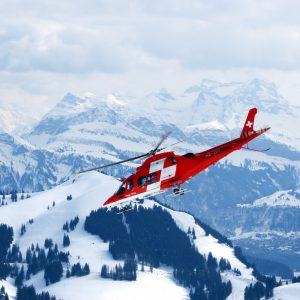
Origins of the Everest Base Camp Helicopter Tour:
The concept of helicopter tours to Everest Base Camp emerged as a response to the growing demand for alternative ways to experience the Himalayan grandeur. Reaching Everest Base Camp traditionally involved a challenging trek that spanned several days, demanding physical endurance and acclimating to the high-altitude conditions. Recognizing the desire of a broader audience to witness this majestic destination without committing to a lengthy trek, helicopter tours became an innovative solution, blending convenience with an extraordinary aerial adventure.
Logistics and Itinerary:
The Everest Base Camp Helicopter Tour typically commences in Kathmandu, the bustling capital of Nepal. Participants gather at the designated helipad, receiving a safety briefing and an itinerary overview. The helicopters for these tours are equipped with experienced pilots well-versed in navigating the challenging Himalayan terrain.
As the helicopter takes off, the journey begins with a mesmerizing flight over the Kathmandu Valley. Participants are gradually introduced to the changing landscapes, from the capital’s urban sprawl to the verdant foothills that lead up to the Himalayas. The helicopter ascends through lush valleys adorned with terraced fields and traditional Sherpa villages, offering a glimpse into the region’s rich cultural tapestry.
The pinnacle of the tour is the approach to Everest Base Camp itself.
The helicopter hovers above the camp, allowing participants to witness the climbers’ staging ground and the intricate Khumbu Icefall. This exclusive vantage point provides a perspective otherwise reserved for seasoned mountaineers. The helicopter may briefly land at Kala Patthar, a renowned viewpoint at 18,514 feet (5,644 meters), offering an unparalleled panorama of Mount Everest and its neighboring peaks.
Following this awe-inspiring experience, the helicopter embarks on its return journey, allowing participants to reflect on the breathtaking scenery they’ve witnessed. The tour typically concludes in Kathmandu, leaving participants with a sense of accomplishment and a trove of memories etched against the Himalayan backdrop.
The Aerial Perspective:
One of the most remarkable aspects of the Everest Base Camp Helicopter Tour is the unique vantage point it provides. Unlike traditional treks that offer ground-level views, the helicopter journey elevates participants to a position where they can truly appreciate the vastness and grandeur of the Himalayas.
The landscape unfolds like a tapestry from the air, revealing the intricate details of the mountains, valleys, and glaciers. The contrast between the emerald green valleys and the pristine white snow creates a visual spectacle that is nothing short of magical. Rivers snake through the valleys, and glaciers glisten in the sunlight, painting a picture of natural beauty that is both surreal and humbling.
The aerial perspective also offers insights into the geological and topographical features of the region.
Participants can observe the rugged terrain, the sheer cliffs, and the geological formations that have shaped the Himalayas over millions of years. The helicopter’s ability to navigate the valleys and ascend to high altitudes provides a comprehensive overview of the Everest region’s diverse landscapes.
Moreover, the aerial view allows participants to grasp the scale of the mountains from the ground impossibly. Mount Everest’s immense height and sheer magnitude and neighboring peaks become strikingly apparent, instilling a sense of awe and reverence for these natural wonders. The helicopter’s agility in maneuvering around the mountains ensures that participants can witness these giants from multiple angles, capturing the essence of their majesty.
Cultural Significance:
Beyond the natural wonders, the Everest Base Camp Helicopter Tour also provides insights into the region’s cultural tapestry. As the helicopter traverses the Khumbu Valley, participants can spot traditional Sherpa villages nestled against the mountainsides. These settlements, with their distinctive architecture and prayer-flag-adorned monasteries, showcase the resilience and adaptability of the local communities in the face of the harsh Himalayan environment.
The presence of ancient monasteries and religious sites underscores the cultural significance of the Everest region. The Tengboche Monastery, perched on a ridge with commanding views of Ama Dablam, is a highlight visible during the tour. Its cultural and spiritual importance is palpable as participants soar above, offering a glimpse into the religious practices that have shaped the lives of the Sherpa people for centuries.
Additionally, the helicopter journey offers participants a unique opportunity to appreciate the interplay between nature and culture. The terraced fields, used for agriculture by the Sherpa communities, showcase the delicate balance between human habitation and the natural environment. Observing these terraced landscapes from the air adds a layer of appreciation for the sustainable practices that have allowed communities to thrive in this challenging terrain for generations.
Weather Challenges and Safety Measures:
Undertaking a helicopter tour in the Himalayas comes with its share of challenges, primarily driven by the unpredictable and often harsh weather conditions. The Everest region is notorious for its rapidly changing weather, including sudden cloud cover, high winds, and snowstorms. Pilots conducting these tours are seasoned professionals with extensive experience navigating the challenging Himalayan climate.
Safety is paramount, and Everest Base Camp Helicopter Tours operators adhere to strict safety protocols. Real-time weather updates guide flight decisions, and pilots are trained to make informed judgments to ensure the well-being of passengers. The helicopters are equipped with the latest navigation and communication technology, enhancing the journey’s safety and reliability.
In adverse weather conditions, operators may postpone or reschedule tours to ensure a safe and enjoyable experience for participants. While the unpredictable weather adds an element of uncertainty, it also contributes to the dynamic and adventurous nature of the journey, highlighting the raw and untamed beauty of the Himalayas.
Environmental Considerations:
The popularity of Everest Base Camp Helicopter Tours raises questions about the environmental impact of such activities in a fragile and ecologically sensitive region. Operators of these tours increasingly recognize the importance of responsible tourism and are taking steps to minimize their footprint.
Helicopter operators adhere to flight paths that minimize disturbance to wildlife and local communities. They also follow strict waste disposal practices to ensure the natural environment remains pristine. Additionally, efforts are made to raise awareness among participants about the importance of preserving the delicate ecosystems of the Himalayas.
As the demand for helicopter tours increases, the need for sustainable practices becomes more critical. Balancing the desire to provide unique and memorable experiences with the responsibility to protect the environment is an ongoing challenge that operators, local communities, and regulatory bodies are actively addressing.
Unique Features of the Everest Base Camp Helicopter Tour:
Time Efficiency:
One of the primary advantages of the Everest Base Camp Helicopter Tour is its time efficiency. Unlike traditional treks that span several days or even weeks, the helicopter tour allows participants to experience the Himalayas’ grandeur in hours. This makes it an ideal option for those with time constraints or those seeking a more accessible adventure.
Kala Patthar Landing:
A highlight of many Everest Base Camp Helicopter Tours is the opportunity to land at Kala Patthar, a vantage point renowned for its spectacular views of Mount Everest. This brief landing allows participants to step onto this iconic viewpoint and immerse themselves in the unparalleled beauty of the surrounding peaks.
Personalized Experience:
Helicopter tours often accommodate fewer participants, creating a more intimate and personalized experience. This allows for closer interaction with the pilot, the ability to ask questions and a more excellent camaraderie among participants.
The Everest Base Camp Helicopter Tour is a testament to human ingenuity and the desire to explore the world’s most challenging landscapes. This unique adventure combines the thrill of helicopter flight with the unparalleled beauty of the Himalayas, offering participants a once-in-a-lifetime experience.
From the verdant valleys and traditional Sherpa villages to the towering peaks and the iconic Everest Base Camp, every moment of the journey is filled with awe and wonder.
As participants soar through the skies, they gain a newfound appreciation for the scale and majesty of the Himalayas. The helicopter’s ability to navigate through narrow valleys and ascend to high altitudes provides a perspective that is both humbling and exhilarating. The tour showcases the region’s natural wonders and highlights the cultural richness and resilience of the Sherpa communities that call the Everest region home.
While the Everest Base Camp Helicopter Tour offers a convenient and time-efficient alternative to traditional treks, it has its share of challenges, particularly in navigating the unpredictable Himalayan weather. However, the safety measures in place, the expertise of the pilots, and the commitment to responsible tourism ensure that participants can confidently embark on this adventure.
Please Follow Us For more Updates :
Website : Base Camp Trip
Highlights
- Aerial Himalayan panoramas.
- Exclusive views of Mount Everest.
- Spectacular peaks like Lhotse and Ama Dablam.
- Overflight of traditional Sherpa villages.
- Scenic Kathmandu Valley flight.
- Landing at Kala Patthar for Everest panoramas.
- Time-efficient adventure for limited schedules.
- Accessible for diverse participant profiles.
- Flexible itinerary based on weather conditions.
- Exploration of cultural landmarks.
- Commitment to environmentally friendly practices.
- Thrilling helicopter experience in the Himalayas.
Included/Excluded
- Airport transfers in Kathmandu.
- Hotel accommodation in Kathmandu.
- Pre-trek briefing in Kathmandu.
- Round-trip domestic flights to Lukla.
- Experienced English-speaking trekking guides.
- Porters for carrying trekking gear.
- Teahouse accommodation during the trek.
- Three meals per day during the tour.
- Sagarmatha National Park entry fees.
- TIMS card (Trekkers' Information Management System).
- Emergency helicopter evacuation arrangements.
- Comprehensive trekking medical kit.
- Necessary trekking permits.
- Insurance coverage for trekking staff.
- Welcome and farewell dinners in Kathmandu.
- Certificate of completion for Everest Base Camp.
- Support staff, including kitchen staff and assistant guides.
- Access to communication facilities during the trek.
- Customized and flexible trekking itinerary.
- Commitment to environmentally friendly trekking practices.
- International flights.
- Travel insurance.
- Visa fees for Nepal.
- Personal expenses and extra accommodation.
- Meals in Kathmandu (except those mentioned in the itinerary).
- Alcoholic beverages and specialty drinks.
- Personal trekking equipment.
- Charges for excess baggage on domestic flights.
- Communication services during the trek.
- Emergency evacuation beyond coverage.
- Additional insurance beyond trekking staff coverage.
- Medical expenses beyond the trekking medical kit.
- Unforeseen expenses due to natural disasters or events beyond the operator's control.
- Tips and gratuities for guides and staff.
Itinerary
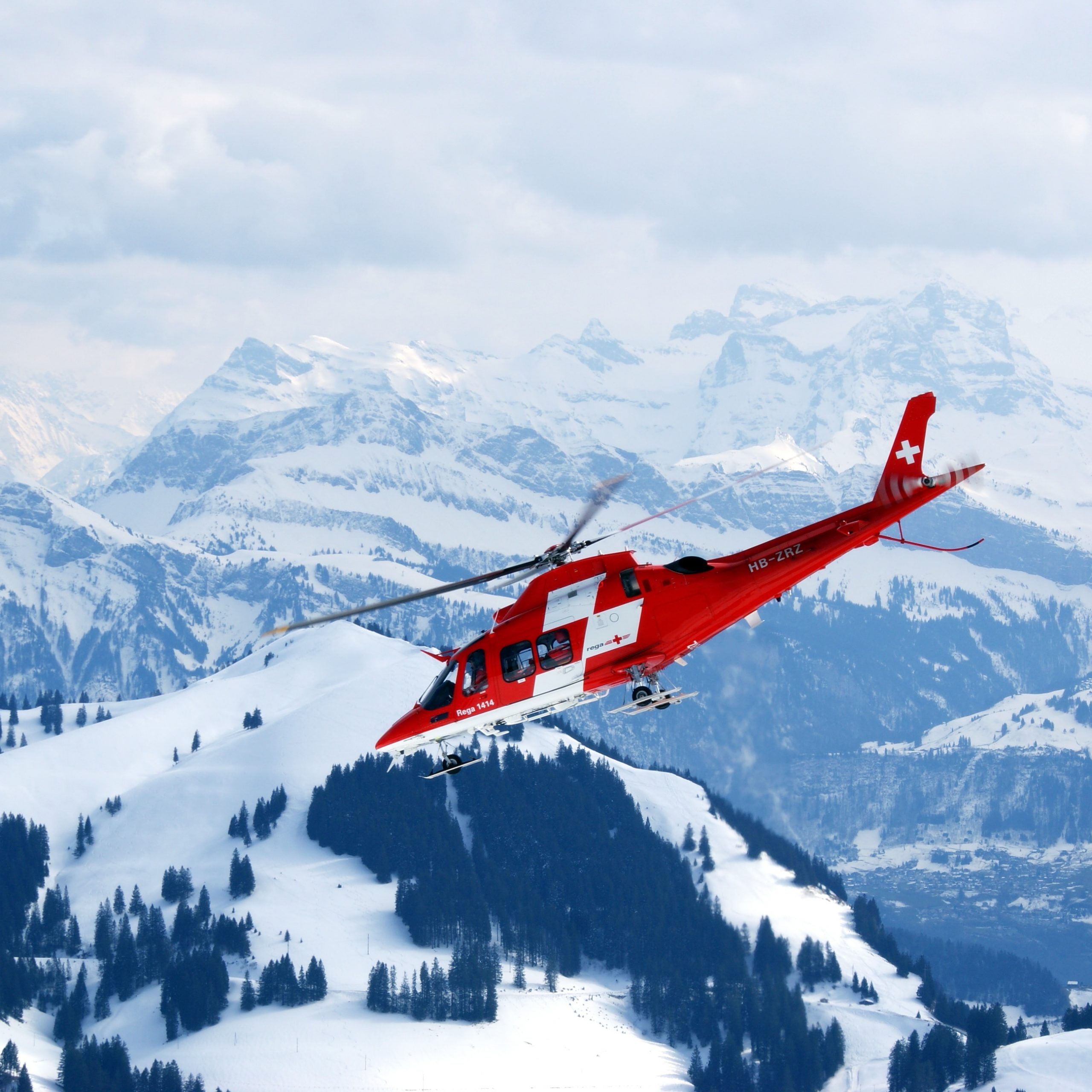
5:30 am – 5:50 am: Pick up from the Hotel and drop at Tribhuwan International Airport domestic terminal, Kathmandu – 15 to 20 minutes Your day begins with an early morning pick-up from your Hotel and a swift transfer to Tribhuwan International Airport's domestic terminal. The short drive sets the tone for the adventure that lies ahead. 5:50 am – 6:30 am: Airport formalities – 30 to 40 minutes Upon arrival at the airport, you'll undergo the necessary formalities, ensuring a smooth transition for the upcoming helicopter journey. This phase involves check-ins and security procedures to prepare for your flight. 6:30 am – 7:30 am: Fly to Lukla (2,804 m) from Kathmandu – 50 minutes to 1-hour flight The real adventure starts with a thrilling helicopter ride from Kathmandu to Lukla. The scenic flight offers panoramic views of the Himalayas, providing a taste of the breathtaking landscapes that will unfold during the tour. 7:30 am – 8:30 am: Flight Refueling at Lukla Airport: 10 to 15 minutes, then fly towards Everest Base Camp and land at Kala Patthar (5,500 m) – 30 to 45 minutes flights. Upon reaching Lukla, a brief stop is made for refueling before the journey continues towards Everest Base Camp. The helicopter lands at Kala Patthar, a strategic vantage point offering stunning views of the Everest region. 8:30 am – 8:40 am: Land and Explore around Kala Patthar – 5 to 10 minutes Take advantage of the unique opportunity to explore the surroundings at Kala Patthar. Capture breathtaking photographs and absorb the awe-inspiring scenery surrounding you at this high-altitude location. 8:40 am – 11:00 am: Fly to Hotel Everest View (3,880 m) and Breakfast/Early lunch at Hotel Everest View – 20 to 30 min flight and – 1 to 1 & half hours ground time, depending upon weather conditions and the helicopter schedule. Embark on the next leg of your journey, flying towards the renowned Hotel Everest View. This scenic Hotel offers a picturesque backdrop for a well-deserved breakfast or early lunch, depending on your visit. 11:00 am – 12:00 pm: Fly to Lukla and refuel and Return to Kathmandu – 45 minutes to 1 hour After enjoying the hospitality at Hotel Everest View, it's time to return to Lukla for a refueling stop. From there, the helicopter journey continues, bringing you back to Kathmandu. 12:00 pm – 12:30 pm: Pick up at the airport and drop off at your preferred location inside Kathmandu or a hotel in Kathmandu. It will take 15 to 30 minutes. As the extraordinary Everest Base Camp Helicopter Tour concludes, you'll be picked up from the airport and safely transported to your preferred location within Kathmandu or your Hotel, marking the end of this unforgettable adventure.
Durations
Languages
Frequently asked questions
The best time to undertake the Everest Base Camp Helicopter Tour is during the pre-monsoon (spring) and post-monsoon (autumn) seasons. The weather during these periods is generally more stable, offering optimal conditions for a safe and enjoyable helicopter flight over the Himalayas. Here are more details about these seasons:
- Spring (March to May):
- Pros:
-
- Mild temperatures and clear skies.
- Blooming rhododendrons add color to the landscapes.
- Better visibility for panoramic views.
-
- Cons:
- Increasing temperatures at lower altitudes.
- Autumn (September to November):
- Pros:
-
- Stable weather with clear skies.
- Pleasant temperatures, especially in the daytime.
- Ideal for trekking and helicopter tours.
-
- Cons:
- Popular trekking season, leading to more crowded trails.
During these seasons, the monsoon rains have subsided, reducing precipitation chances and ensuring clearer views of the Himalayan peaks. The stable weather conditions enhance safety and visibility, allowing participants to appreciate the stunning landscapes during the helicopter tour fully. It's important to note that weather in the Himalayas can be unpredictable, and conditions may vary. Before planning the Everest Base Camp Helicopter Tour, it is advisable to check with tour operators for the most up-to-date weather information and to schedule the tour on a day with favorable conditions.
Yes, weight restrictions are expected for Everest Base Camp Helicopter Tours participants. The limitations are in place to ensure helicopter flights' safety and operational efficiency. Helicopters have specific weight capacities, and exceeding these limits could compromise the security of the flight. The weight restrictions may vary depending on the type of helicopter used and the specific policies of the tour operator. Generally, participants will be informed of the weight limitations during the booking process or the pre-tour briefing. Participants must provide accurate weight information and adhere to any specified restrictions. These restrictions may include the individual participant's weight, the combined weight of passengers, and any additional gear or equipment being carried on the helicopter. Understanding and adhering to these weight limits contribute to a safe and enjoyable helicopter experience over the Himalayas.




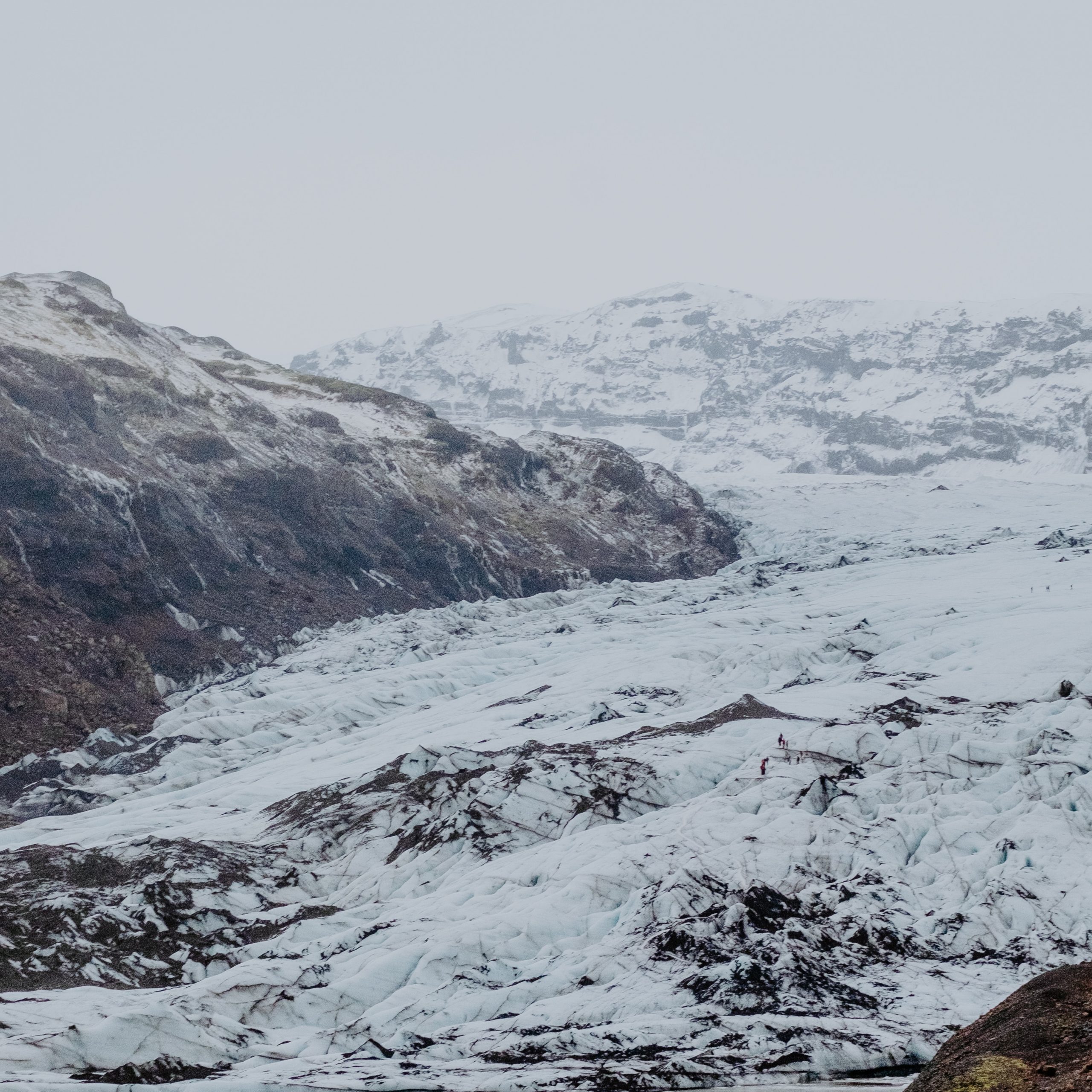


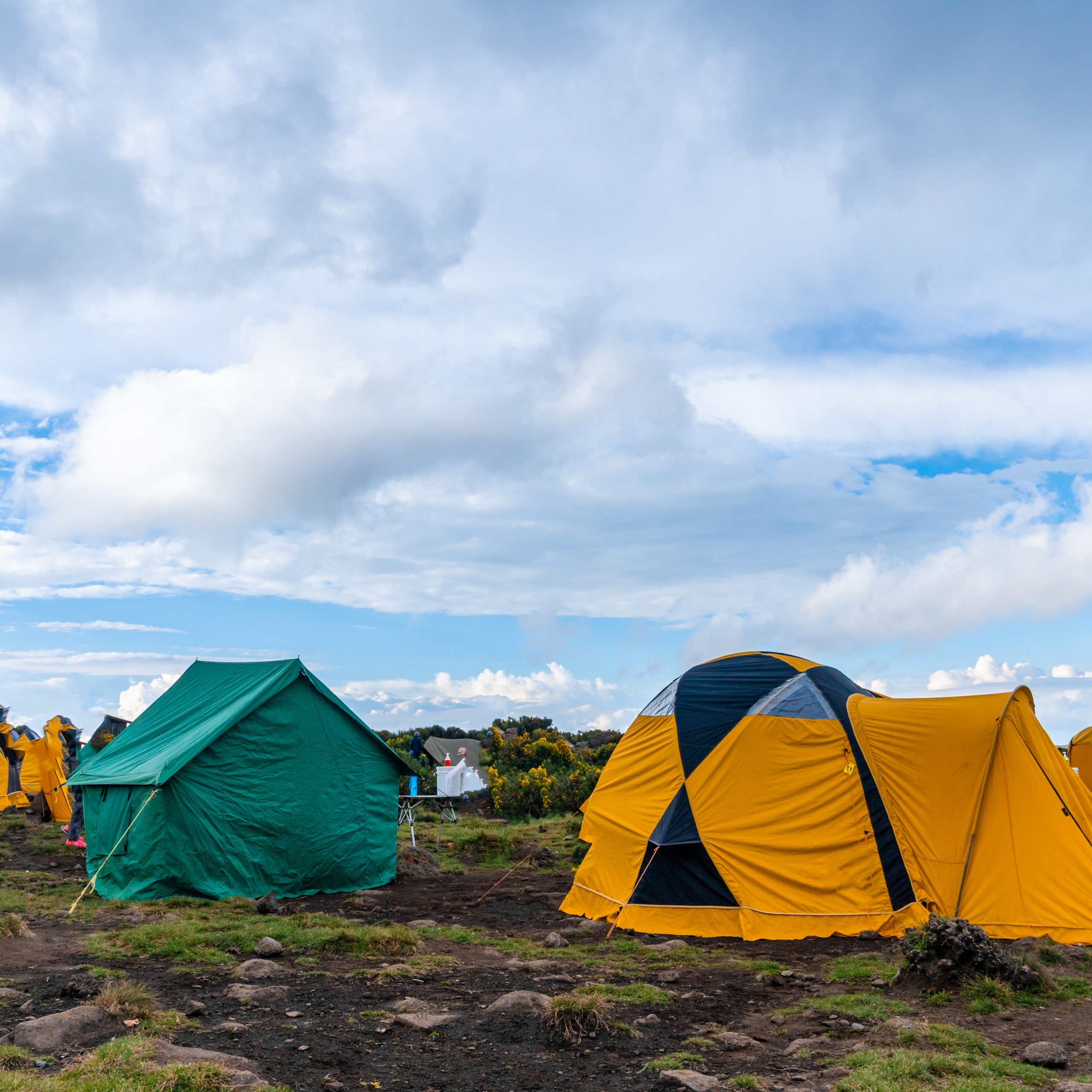
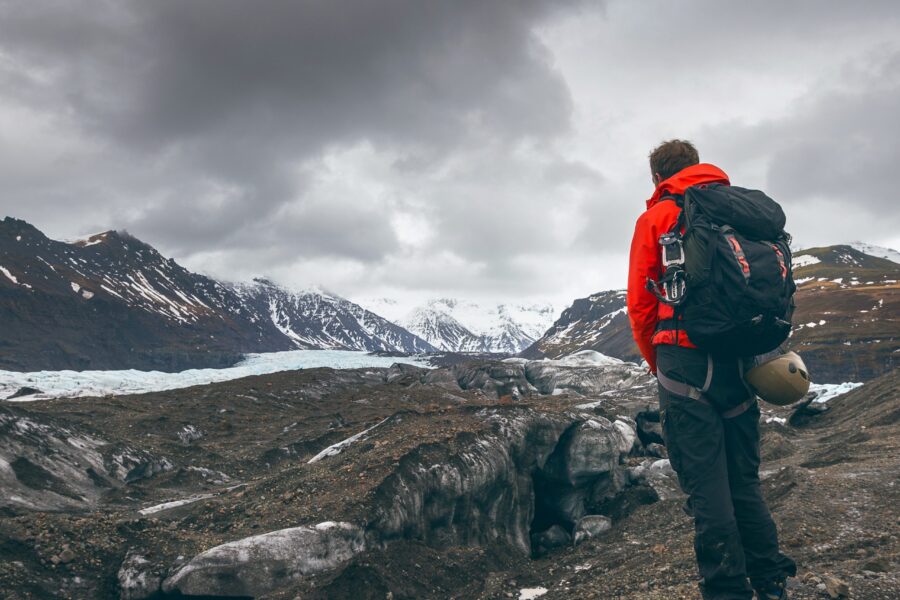
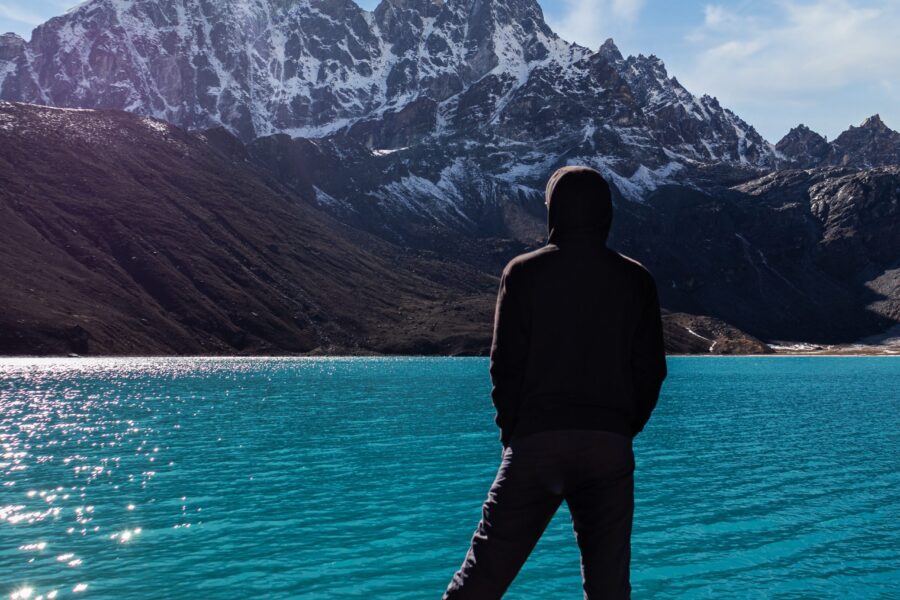
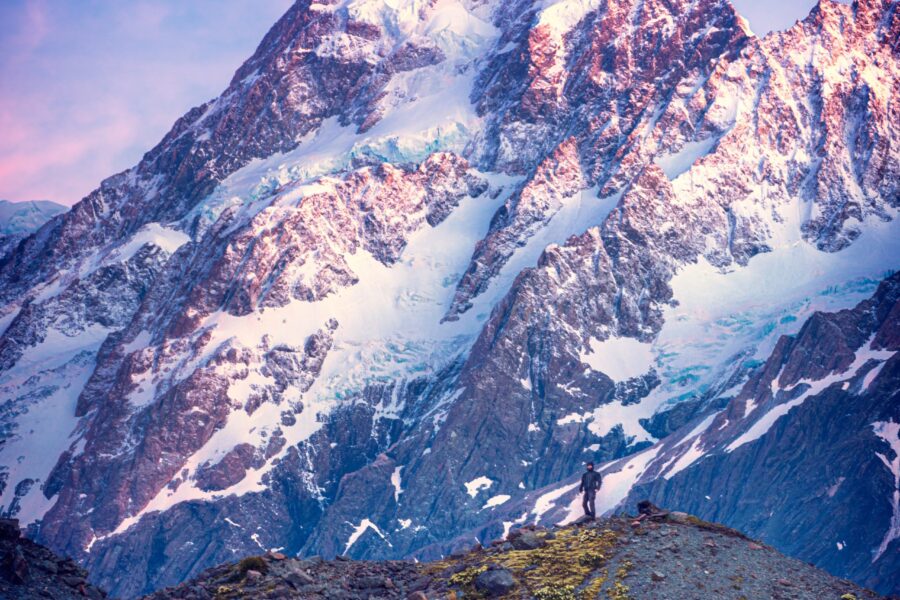
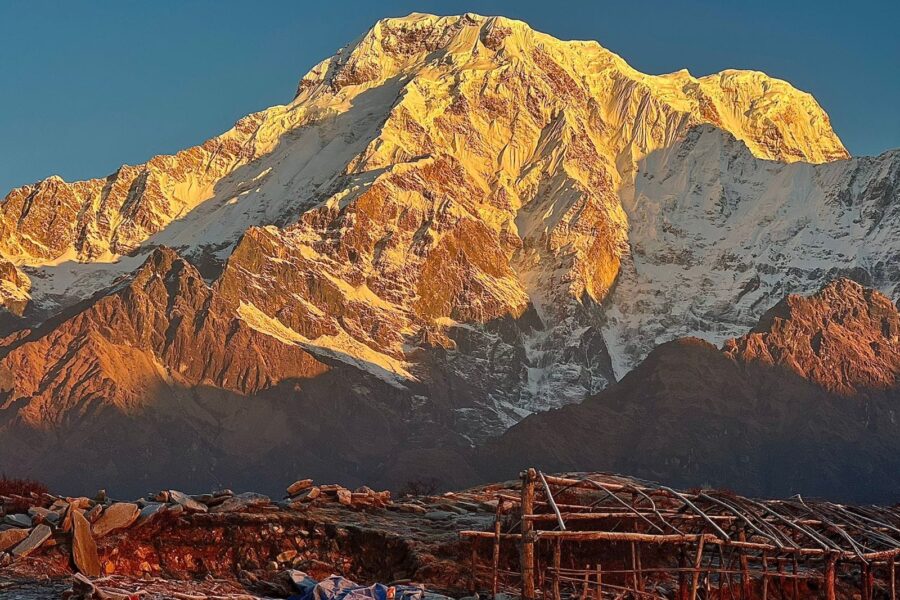

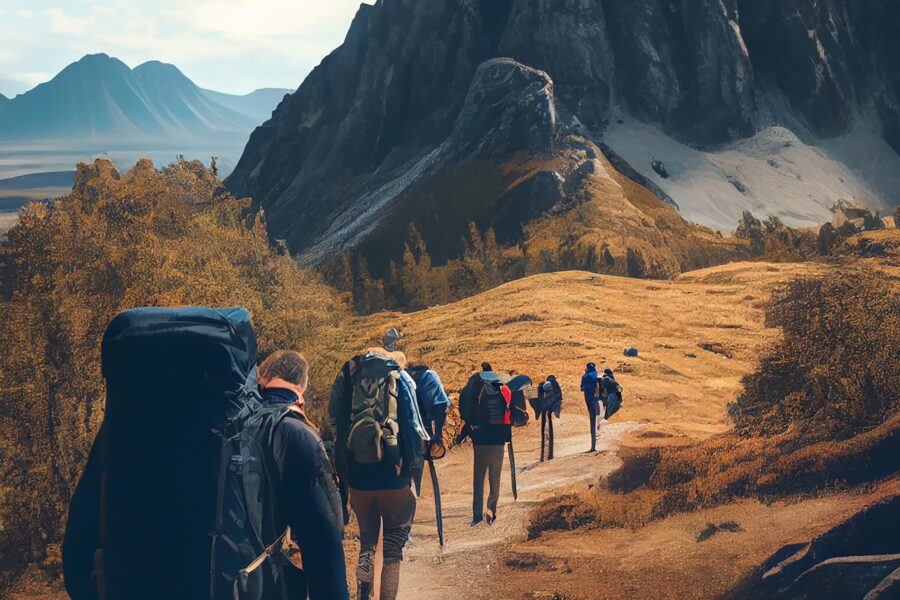
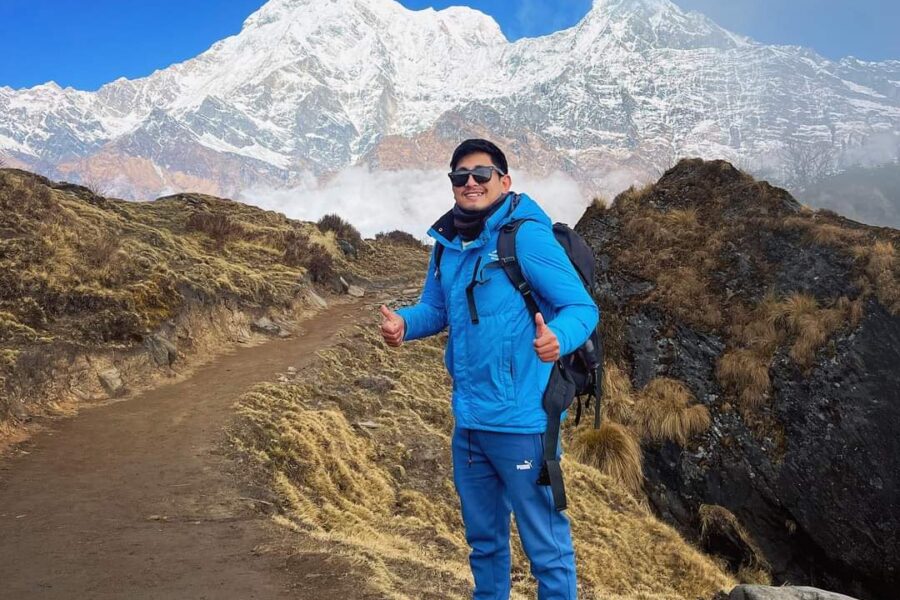
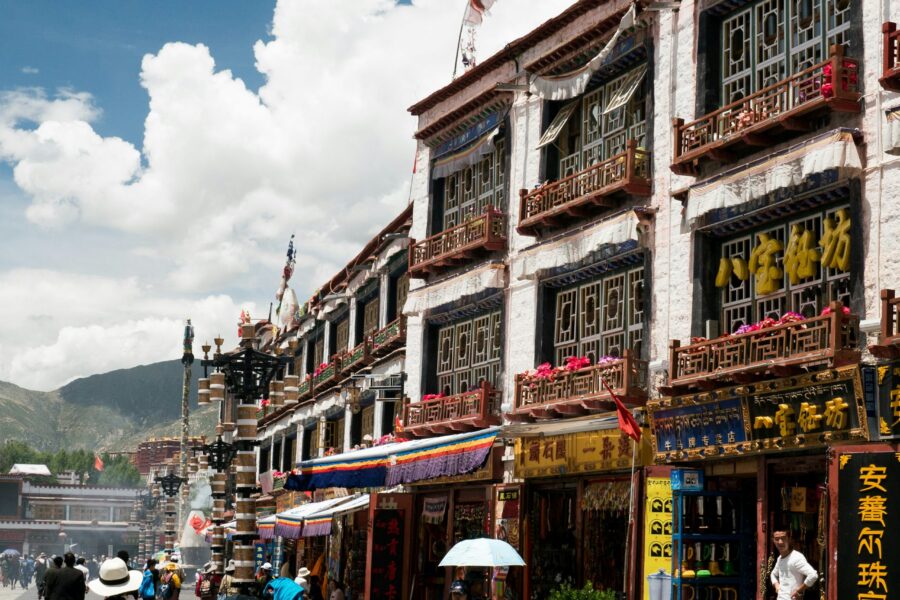
Leave a review